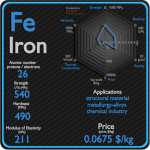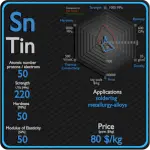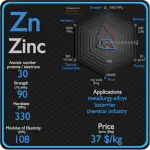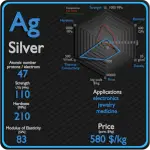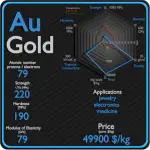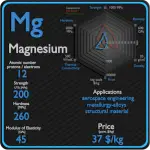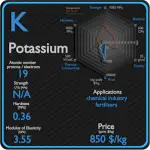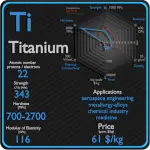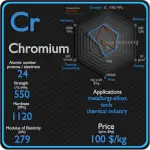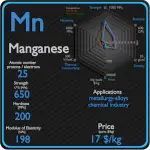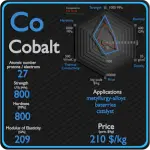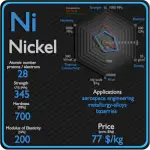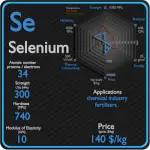This article contains comparison of key thermal and atomic properties of nickel and zinc, two comparable chemical elements from the periodic table. It also contains basic descriptions and applications of both elements. Nickel vs Zinc.
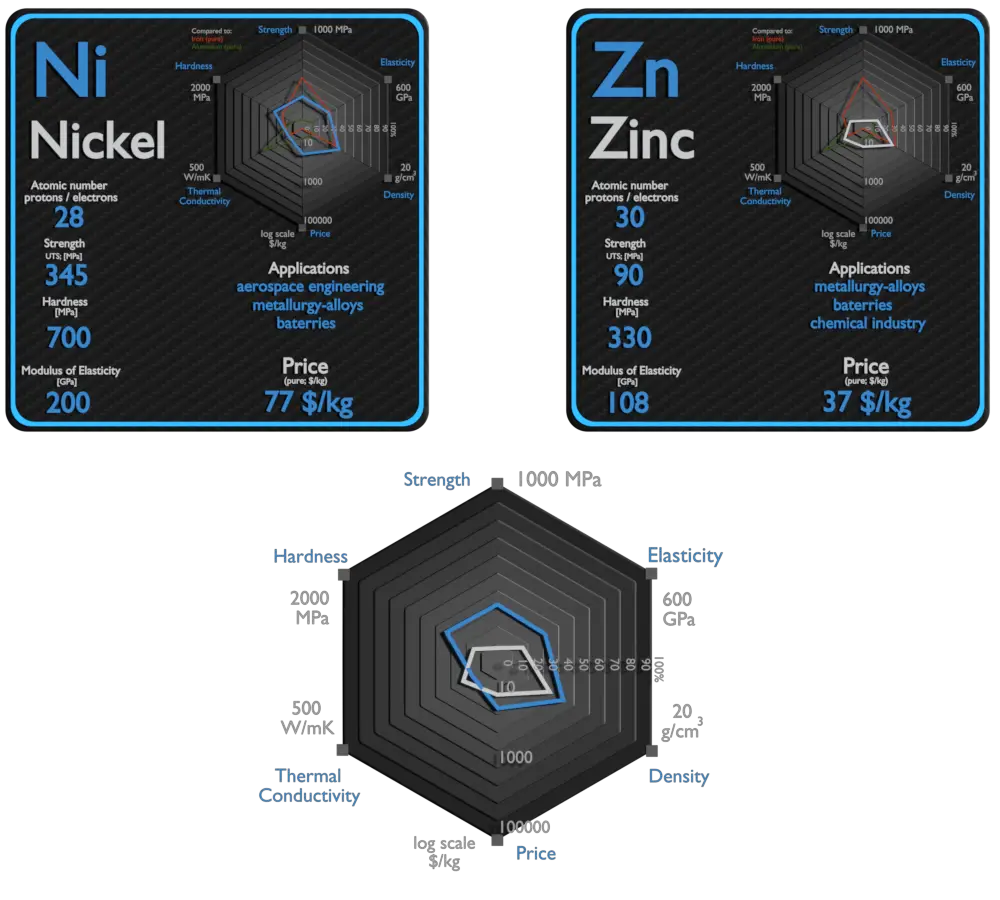
Nickel and Zinc – About Elements
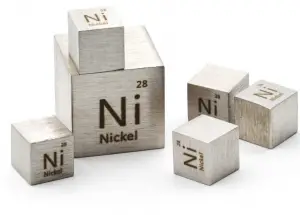
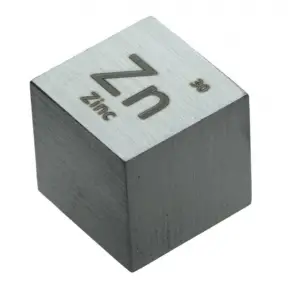
Source: www.luciteria.com
Nickel and Zinc – Applications
Nickel
The global production of nickel is presently used as follows: 68% in stainless steel; 10% in nonferrous alloys; 9% in electroplating; 7% in alloy steel; 3% in foundries; and 4% other uses (including batteries). Nickel is used as a constituent of different types of alloys; for instance, Monel (corrosion resistant material), Nichrome (an alloy used for resistance heating elements), Permalloy (an alloy with high magnetic permeability at low field strength and low hysteresis loss), cupro-nickel, stainless steel, nickel silver, etc. Nickel based alloys (e.g. Fe-Cr-Ni(Mo) alloys) alloys exhibit excellent ductility and toughness, even at high strength levels and these properties are retained up to low temperatures. Nickel and its alloys are highly resistant to corrosion in many environments, especially those that are basic (alkaline). Nickel also reduces thermal expansion for better dimensional stability. Nickel is the base element for superalloys. These metals have excellent resistance to thermal creep deformation and retain their stiffness, strength, toughness and dimensional stability at temperatures much higher than the other aerospace structural materials.
Zinc
Corrosion-resistant zinc plating of iron (hot-dip galvanizing) is the major application for zinc. Coating of steel constitutes the largest single use of zinc, but it is used in large tonnages in zinc alloy castings, as zinc dust and oxide, and in wrought zinc products. Galvanized steel is just plain carbon steel that has been coated with a thin zinc layer. The zinc protects iron by corroding first, but zinc corrodes at much lower rates than do steel. Other applications are in electrical batteries, small non-structural castings, and alloys such as brass. A variety of zinc compounds are commonly used, such as zinc carbonate and zinc gluconate (as dietary supplements), zinc chloride (in deodorants), zinc pyrithione (anti-dandruff shampoos), zinc sulfide (in luminescent paints), and dimethylzinc or diethylzinc in the organic laboratory. A key part of the modern materials world in which zinc finds itself is recycling. Zinc, in common with all metals (and unlike synthetic materials) can be recycled indefinitely without degradation.
Nickel and Zinc – Comparison in Table
| Element | Nickel | Zinc |
| Density | 8.908 g/cm3 | 7.14 g/cm3 |
| Ultimate Tensile Strength | 345 MPa | 90 MPa |
| Yield Strength | 700 MPa | 75 MPa |
| Young’s Modulus of Elasticity | 200 GPa | 108 GPa |
| Mohs Scale | 4 | 2.5 |
| Brinell Hardness | 700 MPa | 330 MPa |
| Vickers Hardness | 640 MPa | N/A |
| Melting Point | 1455 °C | 419.53 °C |
| Boiling Point | 2730 °C | 907 °C |
| Thermal Conductivity | 90.7 W/mK | 116 W/mK |
| Thermal Expansion Coefficient | 13.4 µm/mK | 30.2 µm/mK |
| Specific Heat | 0.44 J/g K | 0.39 J/g K |
| Heat of Fusion | 17.47 kJ/mol | 7.322 kJ/mol |
| Heat of Vaporization | 370.4 kJ/mol | 115.3 kJ/mol |
